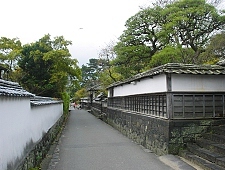
Former Castle Town•
A few lanes, lined by the white walls and wooden gates of former samurai mansions are beautifully preserved in the Jokamachi district of Hagi today. Some houses are open to the public.
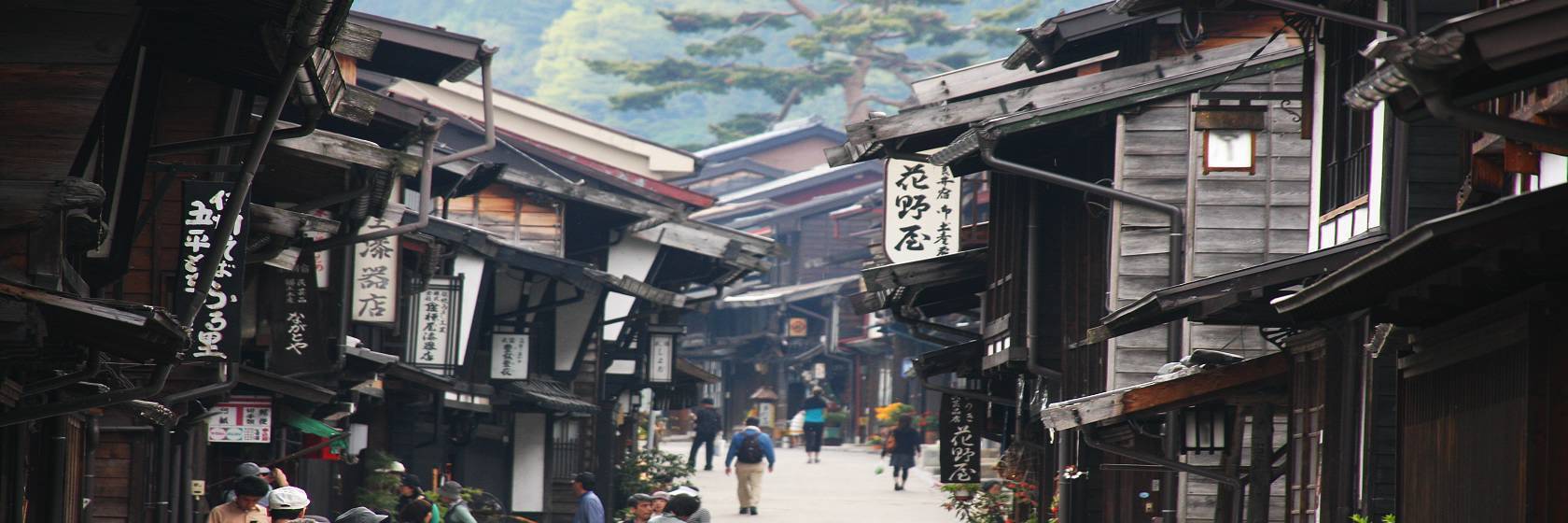
While many of Japan's historic buildings and districts have been lost due to fires, earthquakes, wars and city redevelopment, some cities and towns have managed to preserve a street block or whole district of traditional buildings for residents and tourists to enjoy today. The list below introduces some of Japan's best preserved historic city districts and towns:
Many Japanese cities, including Tokyo, Osaka and Nagoya, have developed as castle towns, where the local feudal lord resided in the centrally located castle, and his retainers, the samurai, lived in the districts surrounding the castle.
As the highest social caste during the Edo Period, the samurai were allowed to construct elaborate residences with earthen walls and elegant homes. Among the best preserved former samurai districts are the ones of Kakunodate, Hagi and Kanazawa.

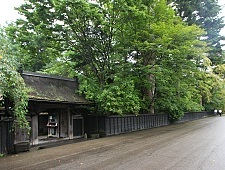
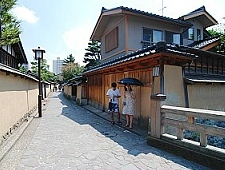
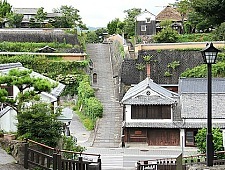
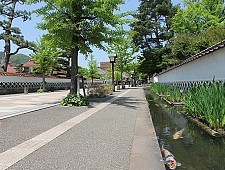
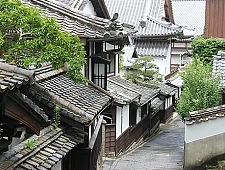

In theory the lowest of the four social castes during the Edo Period, many merchants grew very wealthy towards the end of the feudal ages. Like other social castes, the merchants lived in assigned city districts. Merchant districts are characterized by shop-lined streets and warehouses (kura). Among the cities with the most beautifully preserved former merchant districts are Takayama and Kurashiki.
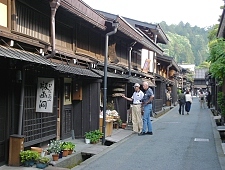
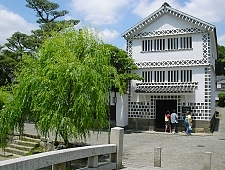
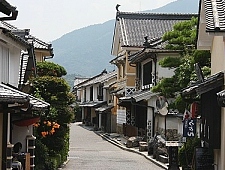
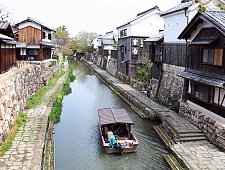
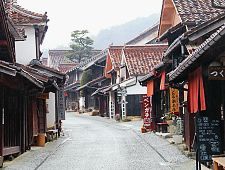
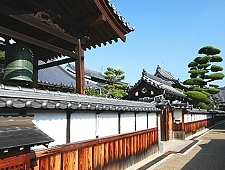
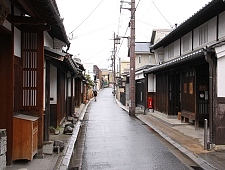
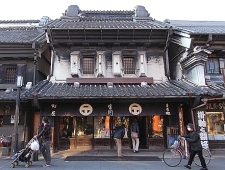
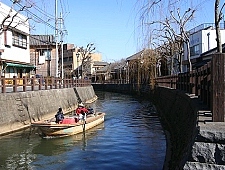
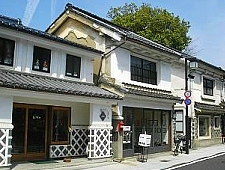
Traditional geisha districts are characterized by the wooden tea houses, in which the geisha perform during banquets. The most beautiful, traditional geisha quarters are found in Kyoto and Kanazawa:
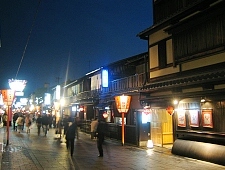
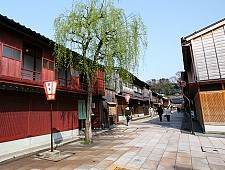
Post towns were built along the country's highways, such as the Tokaido and Nakasendo, to accommodate and cater to travelers. Only a small number of former post towns have preserved their Edo Period appearance. The best among them is Tsumago in the Kiso Valley.
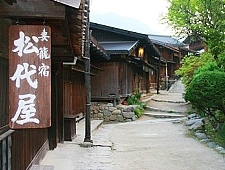
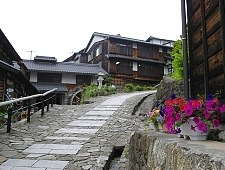
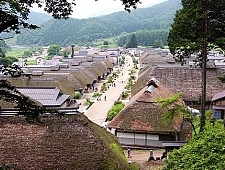
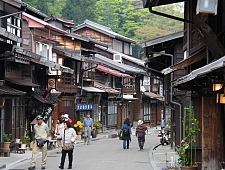
For centuries, Japan's most important temples and shrines have attracted crowds of pilgrims and tourists, resulting in street blocks, city districts and whole towns, providing visitors with lodgings, food and souvenirs.
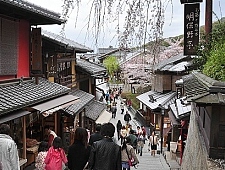
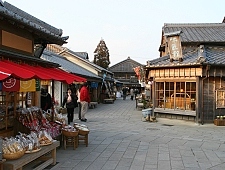
The vast majority of Japan's population in the Edo Period and before was made up of farmers who typically lived in simple, thatched roof buildings. While single old farm houses are preserved at open air museums, there are a few remote villages that have preserved an appearance of past centuries.
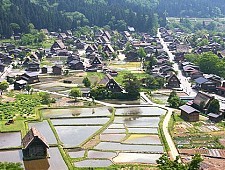
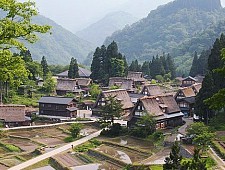
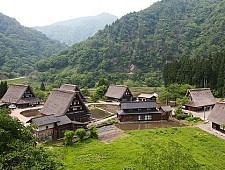
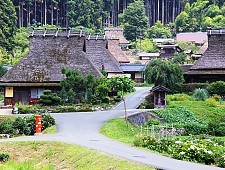
Port towns have been accommodating the fishing and trading industries for centuries. Over time, some grew into large cities with major international ports, such as Nagasaki, Yokohama or Kobe, while others remained remote, small fishing villages. A few of them have preserved an atmosphere of bygone times.
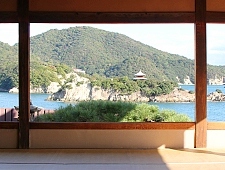
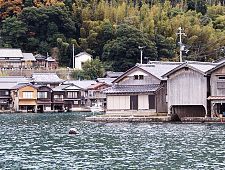
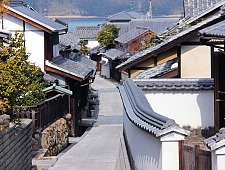
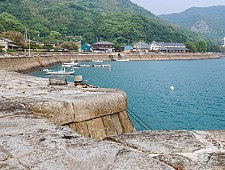
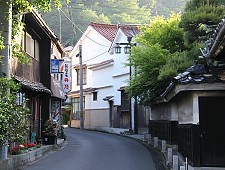
An independent kingdom for several centuries, the Ryukyu Islands became part of Japan as Okinawa Prefecture in 1879. Despite past assimilation efforts, the distinct Ryukyuan culture is proudly surviving today and has become one of Okinawa's main tourist attractions.
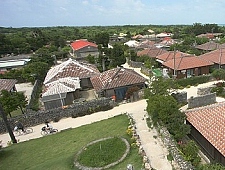
Questions? Ask in our forum.